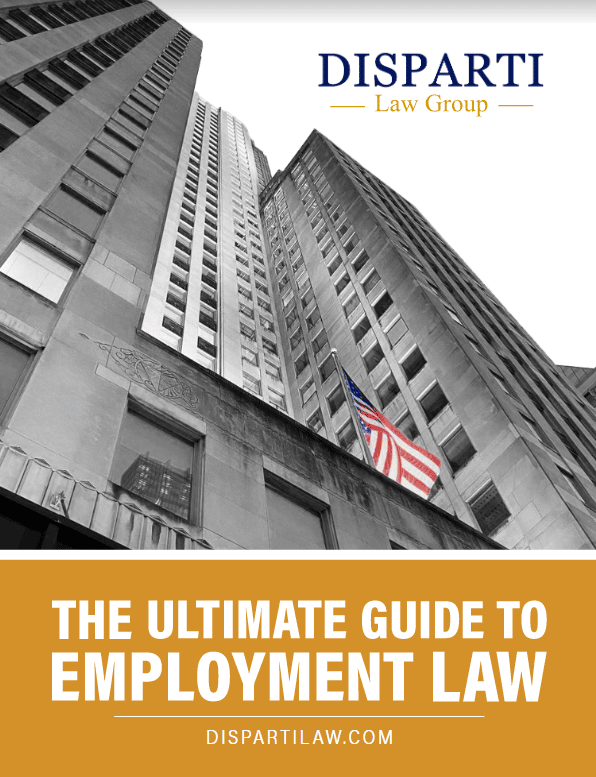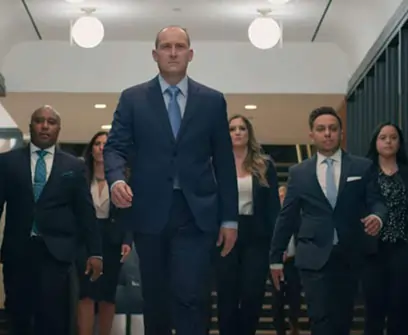It can be easy to assume that a pedestrian could never be at fault in a collision with a vehicle. After all, the pedestrian has no protection and has likely suffered serious injuries. However, the extent of the injuries suffered in an accident has no bearing on the law’s determination of fault.
Instead, plaintiffs in pedestrian accident cases must examine their own actions as well as those of the involved driver to determine who is at fault. If a plaintiff is able to prove that the defendant driver was negligent and that this negligence caused their injuries, that defendant could be held responsible to pay for any resulting damage.
A Tampa pedestrian accident lawyer could help you prove your case if you were hurt by a careless driver while walking. An adept attorney, who specializes in personal injury law, could conduct an independent investigation of the incident, research vital areas of the law, and represent you both in settlement negotiations and in court.
How Pedestrian Accident Cases Work in Tampa
Most collisions between vehicles and pedestrians are accidents—the driver did not mean to hit the person on foot, but nevertheless, the contact did occur. This means that the injured pedestrian typically cannot allege that the driver intended to harm them. That being said, Florida law allows people who are injured in accidents to hold the other party legally liable.
The most common way to do this is to allege that the defendant was negligent. To win a negligence-based case, a plaintiff — along with their Tampa pedestrian accident lawyer — must demonstrate that they were owed a duty of protection by the defendant, that the defendant failed in this duty, and that this resulted in a physical injury.
It is easy to prove that there was a duty in a pedestrian accident case, since all drivers assume a duty to protect all others that they may encounter while on the road. Naturally, this includes pedestrians. There is also usually little doubt that the incident resulted in an injury. Where trouble often arises in a pedestrian accident case is when a plaintiff must prove that the defendant breached their duty of care.
Demonstrating Negligence in a Pedestrian Accident
Sometimes, fault in a pedestrian accident case is obvious, such as when a driver runs a red light and strikes a plaintiff in a crosswalk. However, few cases are this straightforward. Pedestrian cases may examine many factors in order to identify who is to blame and to what extent, including:
- The time of day of the incident
- The weather
- If the plaintiff used a crosswalk
- If the plaintiff crossed against a light
- If the plaintiff jaywalked
In general, insurance companies for defendants in these cases try to find any reason to not pay a claim. A pedestrian accident attorney in Tampa could help clients gather evidence against the defendant’s position and rebut any allegations that their own behavior contributed to the incident.
Regardless, though, it is vital to act quickly. Florida Statutes §95.11 places a strict time limit of four years from the date of the accident to file a case in court. Insurance companies are aware of this rule and will refuse to negotiate a settlement if this time has passed.
Consulting with a Tampa Pedestrian Accident Attorney
Pedestrian accident cases can be surprisingly complex since it is a rare scenario where the driver is clearly at fault for the accident. As a result, unrepresented plaintiffs may find themselves lost in mountains of paperwork and be pressured into taking small settlements on valuable cases.
A Tampa pedestrian accident lawyer could help you pursue your cases for its full value. This could include payments for medical treatment, mental anguish, and lost time at work.
Skilled attorneys work to demonstrate that defendant drivers were negligent and that their insurance companies should pay for the resulting damage. However, even the best case will fail if a plaintiff does not act in time, so contact a Tampa pedestrian accident attorney today to schedule a consultation.













